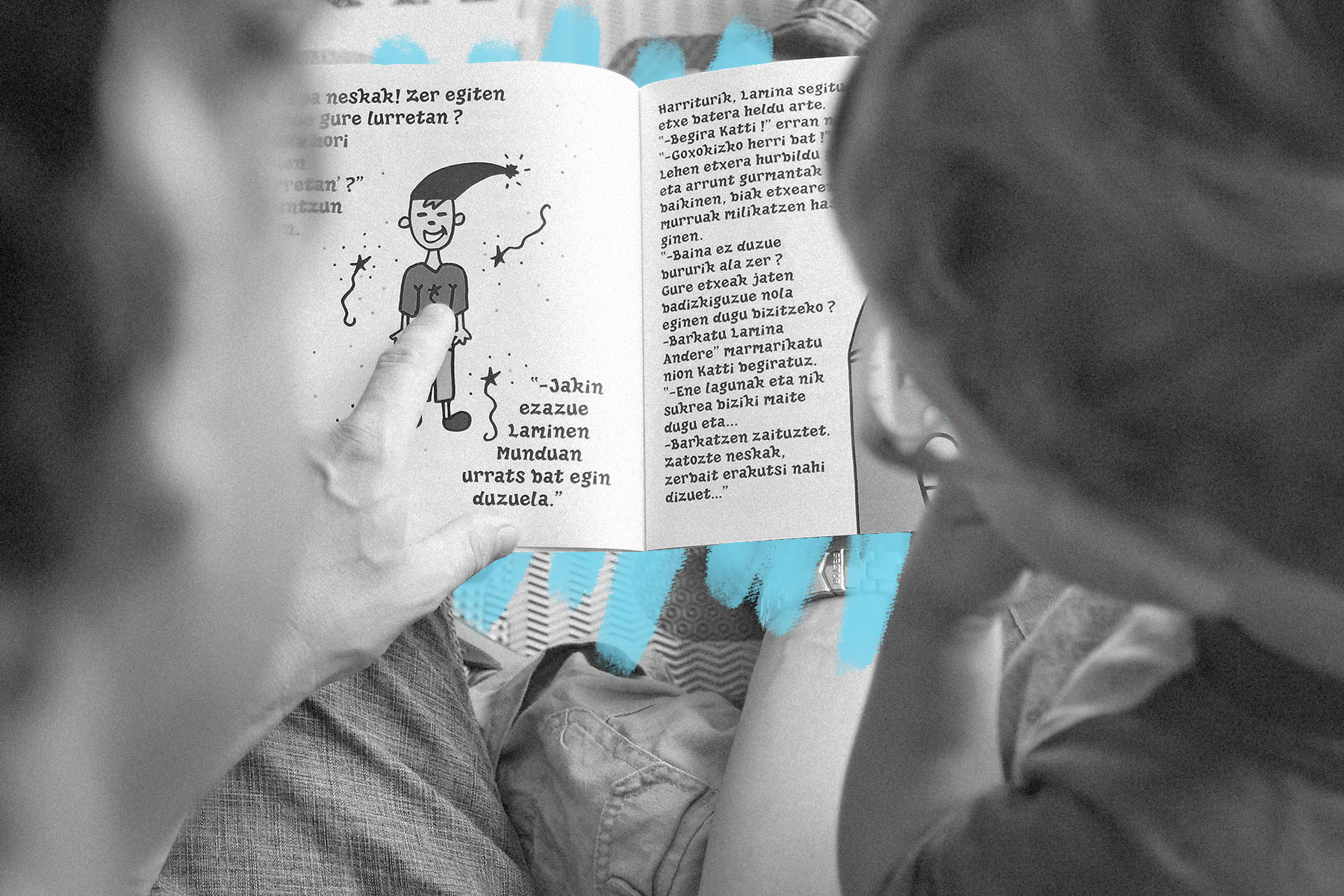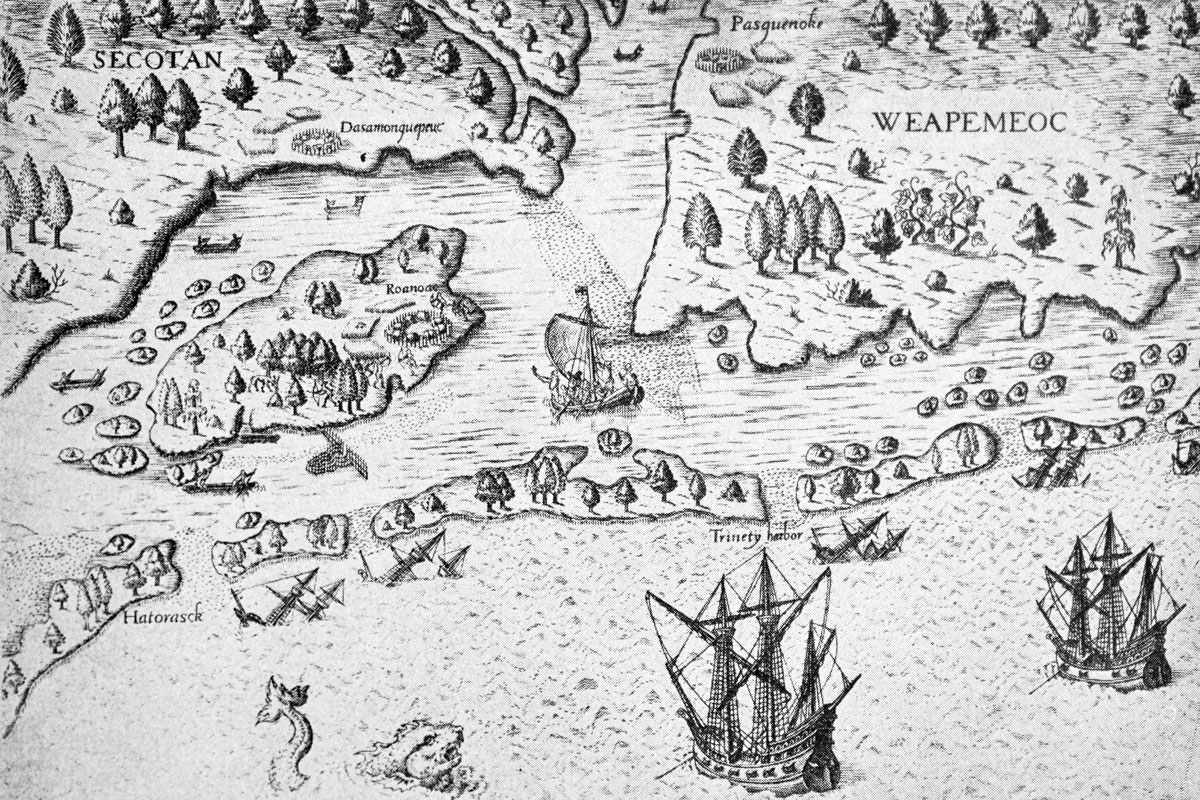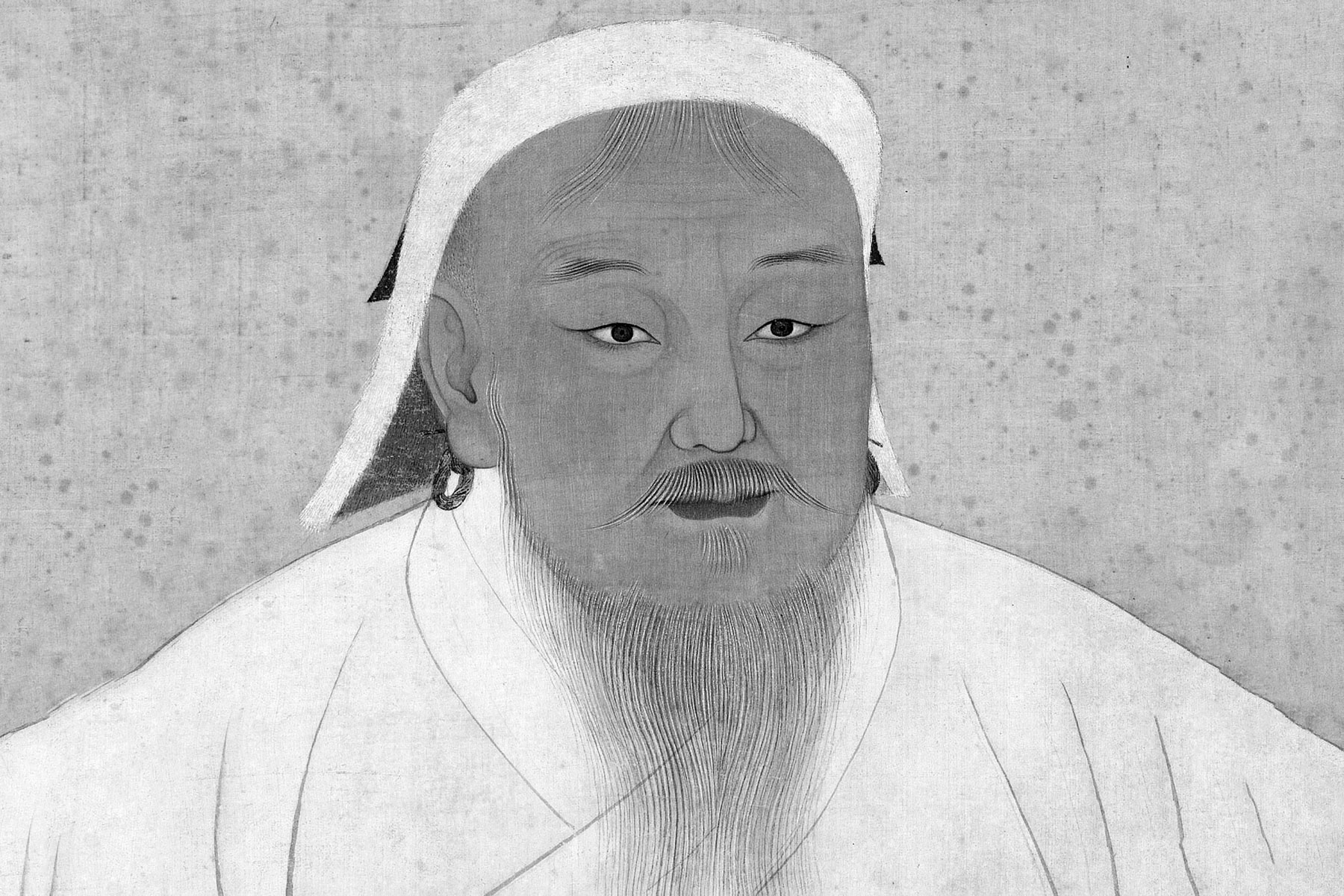 |
Basque has no known linguistic relatives. |
Arts & Culture |
 |
| |
| Euskara is a "language isolate," meaning it has no linguistic relatives and is unlike any other spoken language that exists today. Some linguists support the Vasconic substrate hypothesis, which proposes that Basque is the only surviving version of an ancient family of Vasconic languages — but other linguists reject this. Most experts agree that Euskara likely developed during the Neolithic period (late Stone Age) by farmers who were geographically isolated from the rest of Europe by the Pyrenees mountain range in northeastern Spain and southwestern France. Its popularity diminished following the arrival of the Romans and Indo-European languages (namely the Romance languages) around the second century BCE. | |
| Today, the mystery continues. A recent discovery of a 2,100-year-old inscribed amulet from Navarre in northeastern Spain (where the Basque language originated) features a Vasconic language that might be related to Euskara. The first word of the inscription, "sorioneku" or "sorioneke," is very similar to the modern Basque word "zorioneko," meaning "good fortune," leading experts to believe this amulet might reveal more information about the enigmatic Basque language. | |
 | |
 | |||||||||
By the Numbers | |||||||||
| |||||||||
| |||||||||
 | |||||||||
| |||||||||
Spain has at least four regional languages. | |||||||||
| The official national language of Spain is Castilian Spanish (also referred to as modern Spanish), which is spoken by the majority of the population. Initially a local dialect from the Cantabria region in northern Spain, it spread throughout the Castile region (for which it is named) and eventually became the official national language in the 15th century. Yet the Spanish Constitution recognizes other languages that "shall also be official in the respective Autonomous Communities": for example, Catalan, Galician, and Euskara. These regional languages are centuries old. Catalan, dating to the 12th century, has around 9 million speakers within Spain, primarily in Catalonia, Valencia, and the Balearic Islands. Galician is spoken by around 4 million Spaniards, mainly in the Galicia region. Basque is the least-spoken native language of Spain, but has been one of Basque Country's official languages since 1979. | |||||||||
 | |||
Recommended Reading | |||
 | |||
| | |||
 | |||
| | |||
| + Load more | |||
|





Tidak ada komentar:
Posting Komentar